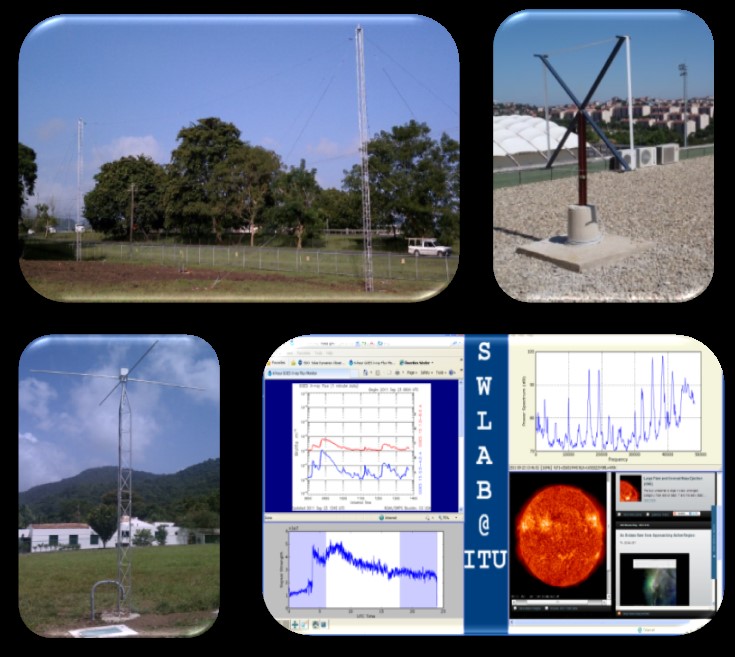Purpose of Laboratory
The Upper Atmosphere and Space Weather Laboratory was established to conduct space environment and upper atmosphere research. For this purpose, upper atmosphere and space weather models are operated, various studies such as examining the change of the Earth's magnetic field by magnetometers and determining the vertical profile of the ionosphere by means of ionosonde are carried out. Assisting in the design of measuring instruments required for ITU's future satellite production and research is also among the aims and objectives of the laboratory.
Objective of Laboratory
The laboratory is used in undergraduate and graduate courses on space environment and ionosphere [Ex: Space Environment, Physics of Upper Atmosphere, Space Physics] to familiarize students with observation instruments, models and real-time observation data. Experiments, observational and model studies of existing projects are also carried out in the laboratory.
Research and Application Fields
-
Space weather events
-
Solar wind-magnetosphere-ionosphere-atmosphere interaction; magnetospheric and ionospheric storms
-
Effects of space environment on satellite operation and ground systems
-
Studying and mapping the spatial and temporal variation of the ionosphere
-
The effect of space weather on the upper atmosphere and related applications
-
Ionospheric and tropospheric applications of GPS
Facilities
On the Land:
Ground Station:
-
Ionosonde database and a special computer for research
-
Magnetometer
-
Electrometer
-
Sudden Ionospheric Disturbance (SID) antennas
-
Solar filter telescope
-
Solarscope
-
Fundamental meteorological instruments
Researcher Information
Head of the Laboratory: Prof. Dr. Zerefşan Kaymaz
Laboratory is in cooperation with Hacettepe University Department of Electrical and Electronics Engineering, Bilkent University, Virginia Tech Bradley Department of Electrical and Computer Engineering, John Hopkins University Applied Physics Laboratory (APL), NASA/GSFC Space Weather Laboratory and CCMC, Boston University Center for Space Physics, Lindau Max Planck Institute, and Kyushu Tech, Japan.
Detailed Information: www.spaceweatherlab.itu.edu.tr
